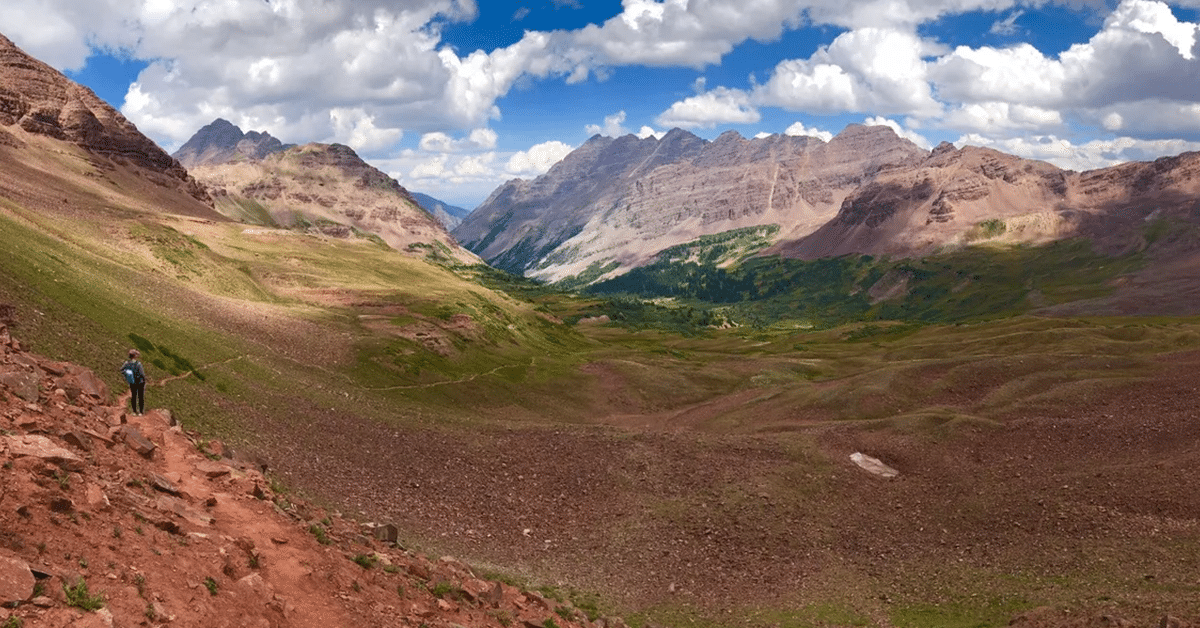When I was in my early 20s, I spent several summers working for a teen outdoor adventure company. Each summer, I’d pack up a backpack, say goodbye to my (very supportive) boyfriend-now-husband, and hop on a plane with 15 teenagers.
I’d spend the next few months leading the group on, say, a trek through the Himalayas, or a safari in the savannas of Namibia, or, in one particularly cushy placement, a conservation project in Hanalei Bay, Kaua’i.
No offense, sapiens, but this remains the best job I’ve ever had.
We’d camp out in tents, cook meals over a fire, and wake up to sunrises illuminating ocean, desert, or mountains. We’d swim in waterfalls, roll down sand dunes, and hike up snow-capped peaks. We spent so much time outside that a visit to the grocery store felt like stepping through a portal into a strange, fluorescent-lighted alternate universe.
Students almost invariably returned from those trips raving about them, shedding tears at leaving their new friends behind, marveling at everything they’d seen and experienced. I’d come home revived, relaxed, happy (if desperately relieved to take a hot shower).
I’ve often wondered what, exactly, was the magic behind those trips. Was it the atmosphere of fast-friendship only a summer camp can foster? The community service? The lack of screens, given that we collected students’ devices at the start of the trip?
These factors likely played a role, but there was another component to these trips that I think played a critical role in their success—one that often gets lost in our academic debates about screen time and social media: nature.
Oh no. She’s going full David Attenborough on us.
Bear with me.
We often think about time outside, enjoying our natural surroundings, as kind of a “nice to have.”
Sure, it seems like it’s probably good for us and our kids, but it’s not like there’s any kind of science to prove it.
Well, surprise!
Turns out, there’s a robust body of literature investigating nature exposure (i.e., “green time.”) And by robust, I mean a truly shocking 296 studies identified in a 2021 Pediatrics review of “nature and children’s health,” which doesn’t even include the hundreds of studies focused on adults.
So, what does the research say?
Wait, how do you even do research on “nature”?
Generally, research on “nature exposure” tries to measure individuals’ contact with outdoor environments containing “natural elements” (e.g., grass, trees, plants), and to test how that relates to mental and physical health.
Sometimes, these studies use correlational methods. Researchers might ask how much time people spend in grassy areas, and/or use the “Normalized Difference Vegetation Index” (i.e., a measure of the density of green space in a given land area), and see how that correlates with their health.
Obviously, there are major confounds here, the main one being socioeconomic status—low-income neighborhoods tend to have fewer parks and green space.
This is why experimental studies are important. These studies might, for example, randomly assign some schools to add grass and trees to their outdoor play space, and others to keep asphalt blacktops; or they might randomly assign some people to take walks in the woods, and others to take walks in the mall.
Keep Reading
Want more? Here are some other blog posts you might be interested in.








